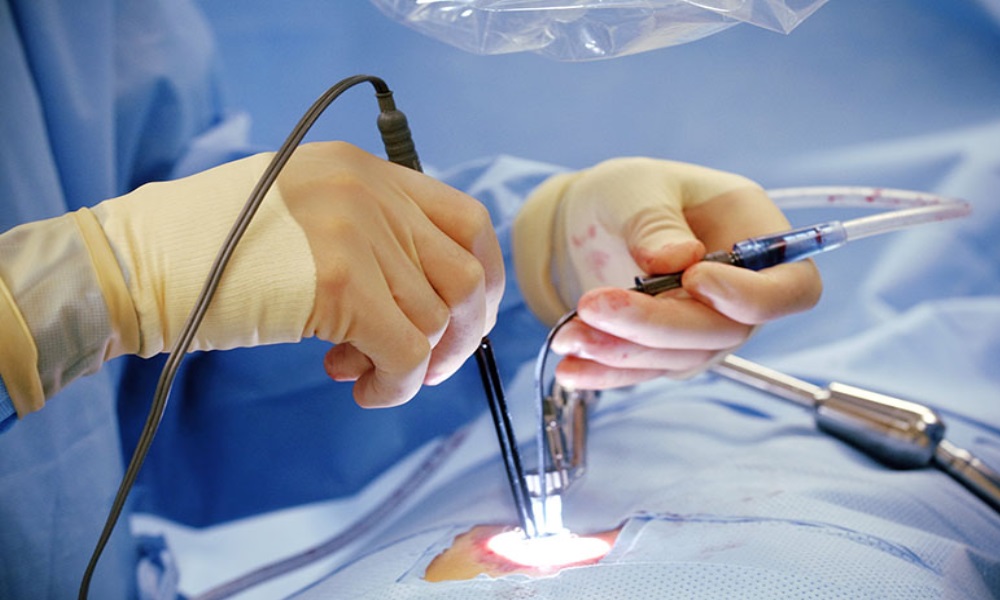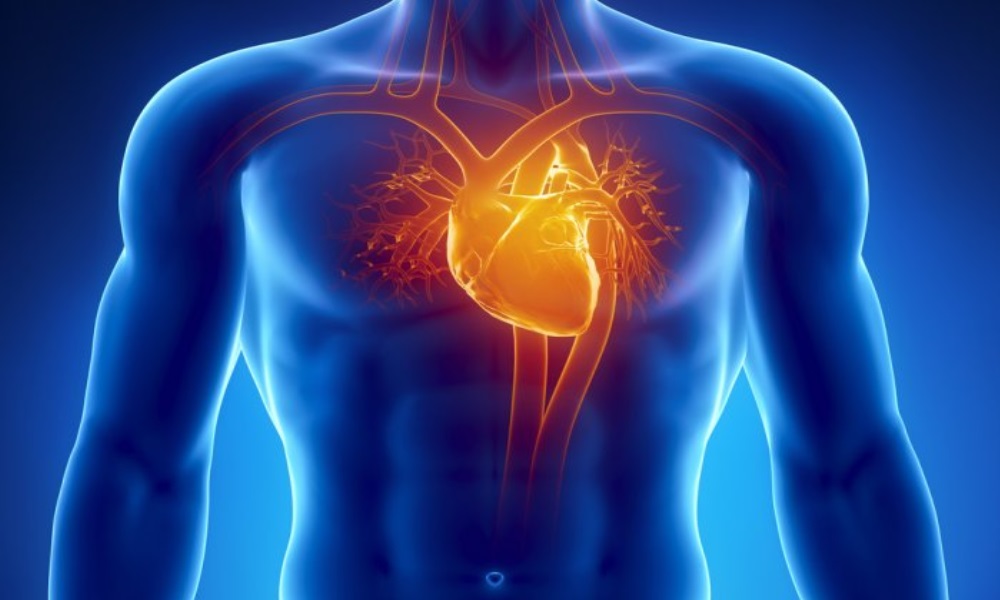Cardiac surgery has come a long way in recent years, thanks to continuous advancements and breakthroughs in medical technology. These innovations have revolutionized the field, making surgeries safer, more precise, and with faster recovery times. In this article, we will explore some of the recent innovations in cardiac surgery techniques that have transformed the way heart surgeries are performed today.
1. Minimally Invasive Procedures
Gone are the days when open-heart surgery was the only option for treating heart conditions. Minimally invasive procedures have emerged as a significant innovation in cardiac surgery. These techniques involve making small incisions, often less than three inches, instead of large incisions in the chest.
Minimally invasive procedures offer several benefits compared to traditional open-heart surgery. Patients experience less pain, reduced scarring, shorter hospital stays, and faster recovery times. Moreover, the risk of complications, such as infections, bleeding, and blood transfusions, is significantly reduced.
2. Robotic-Assisted Surgery
Robotic-assisted surgery is another groundbreaking innovation that has transformed cardiac surgery. This technique involves the use of robotic systems, controlled by surgeons, to perform intricate procedures with enhanced precision and control.
Robotic-assisted surgery offers several advantages over traditional techniques. The robotic arms can make precise movements that are beyond the capabilities of human hands, resulting in more accurate incisions and sutures. The three-dimensional visualization provided by the robotic systems allows surgeons to have a better view of the operative field, improving surgical outcomes.
3. Transcatheter Aortic Valve Replacement (TAVR)
TAVR is a minimally invasive procedure used to replace a damaged aortic valve without open-heart surgery. During this procedure, a collapsible valve is inserted through a catheter and guided to the site of the damaged valve. Once in place, the new valve is expanded, pushing aside the old valve, and begins functioning immediately.
TAVR has revolutionized the treatment of aortic valve diseases, especially in elderly patients who may not be suitable candidates for open-heart surgery. The procedure offers reduced recovery times, shorter hospital stays, and improved quality of life for patients.
4. 3D Printing in Cardiac Surgery
3D printing technology has found its way into the field of cardiac surgery, enabling surgeons to create patient-specific models of hearts for preoperative planning. These models allow surgeons to visualize the patient’s heart in detail before the actual surgery, enhancing their understanding of the anatomy and facilitating precise surgical interventions.
By using 3D-printed models, surgeons can simulate complex procedures, reducing the risk of complications and improving surgical outcomes. This innovation has particularly benefited pediatric cardiac surgeries, where the small size and complexity of the heart require careful planning and execution.
5. Remote Monitoring and Telemedicine
Advancements in telemedicine technology have also had a significant impact on cardiac surgery. Remote monitoring systems allow healthcare professionals to monitor patients’ vital signs, such as heart rate, blood pressure, and oxygen levels, from a distance.
This innovation enables early detection of any abnormalities or complications, allowing timely interventions and reducing the need for hospital readmissions. Remote monitoring also provides patients with convenience and peace of mind, as they can receive ongoing care and support from the comfort of their homes.
Recent innovations in cardiac surgery techniques have revolutionized the field, providing safer and more efficient options for patients. Minimally invasive procedures, robotic-assisted surgery, TAVR, 3D printing, and remote monitoring are just a few examples of the remarkable advancements that have transformed cardiac surgery. As technology continues to evolve, we can expect further innovations that will improve patient outcomes and enhance the practice of cardiac surgery.




